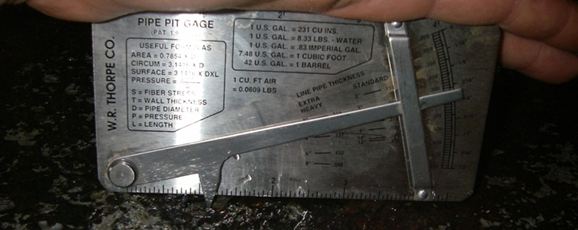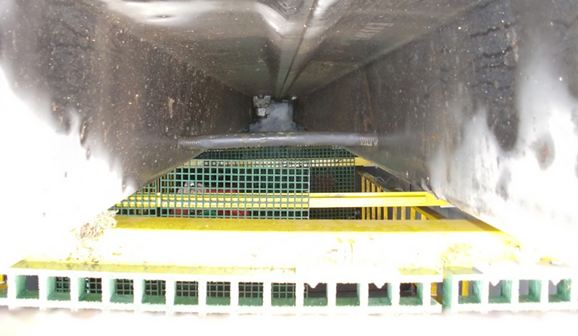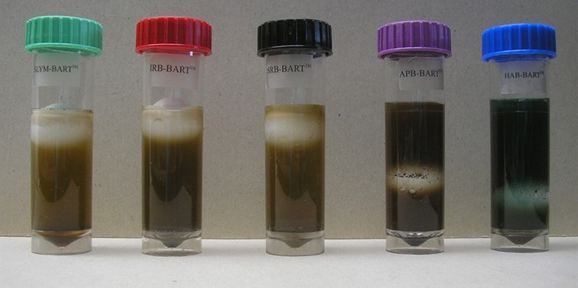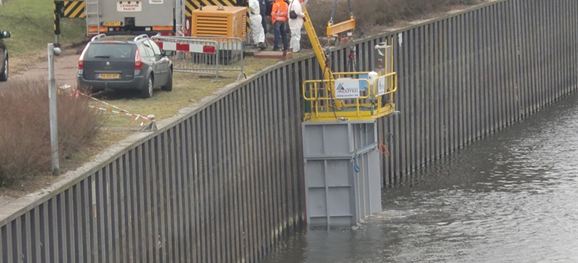An inspection cofferdam is typically 2 meters wide and can be built up according the requested inspection depth. This cofferdam fits on the back of a truck and can be transported as such. An inspection of a quay wall in detail will be executed with reference setups (decided in a joint decision between the client and Acotec) where the cofferdam will be placed. This will generally be on the locations where damage can be seen such as holing or even a subsidence of the quay.

An inspection can be performed by Acotec, by the client itself or by a third party which is mostly an engineering company.

When Acotec performs the inspection, a typical setup includes:

An inspection in the dry gives a number of advantages:
A detailed cofferdam inspection is often required prior to a full renovation project or refurbishment of a jetty or bulkhead structure. The results of the inspection can be a direct input to determine the size and budget for the project for a possible repair or rehabilitation project.

Please contact Acotec to see that this way of inspecting is worthwhile…

Technical documents, data sheets, specification sheets and much more information are all available on www.humidur.be.
View
Technical documents, data sheets, specification sheets and much more information are all available on www.humidur.be.